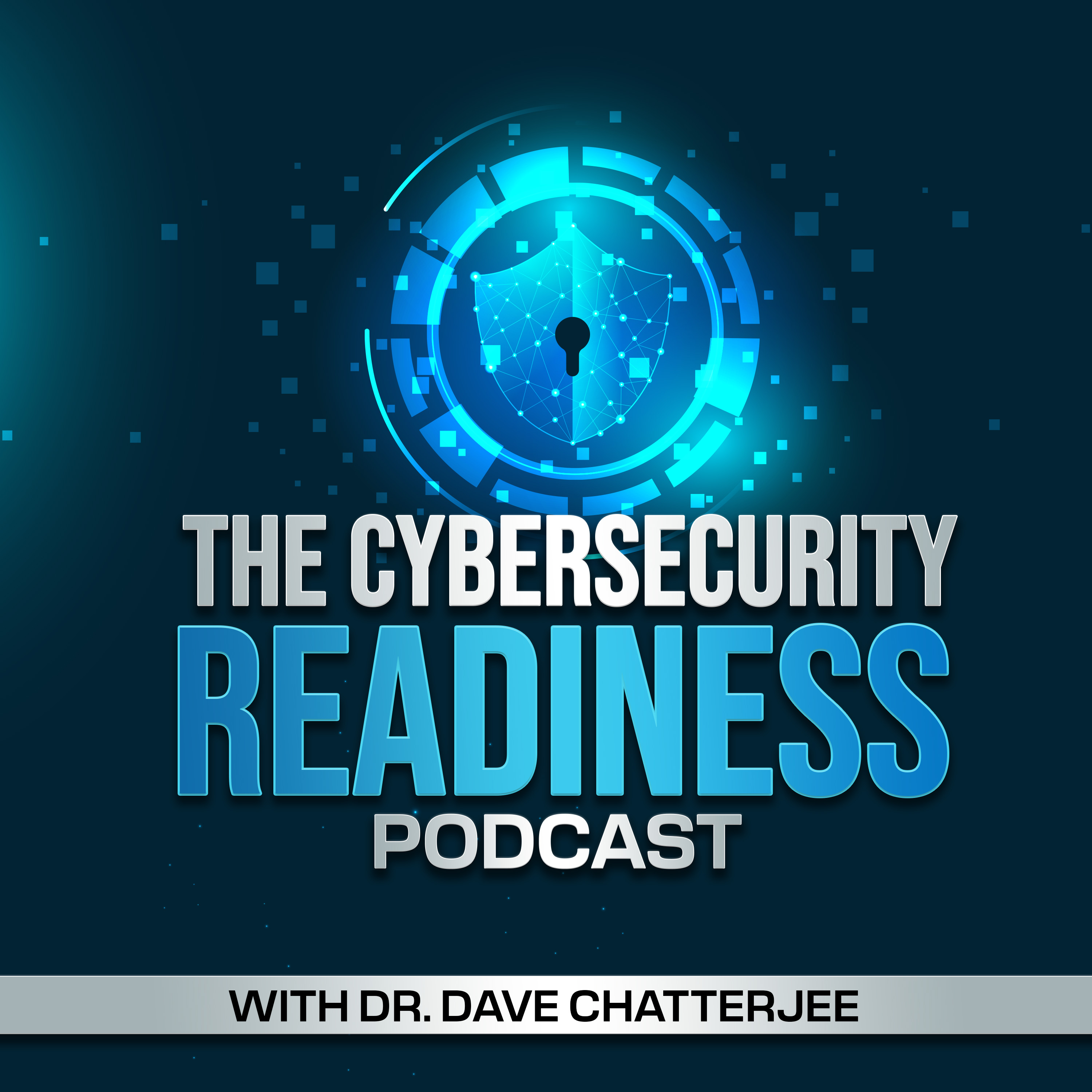Reducing the Risk of Social Engineering to Exploit IT Help Desk
Description
In this episode, Mike Manrod, the Chief Information Security Officer (CISO) of Grand Canyon Education, and Ori Eisen, the Founder and CEO of Trusona, joined me to discuss how best to reduce the risks of social engineering attacks on IT support and help desk personnel. This episode was motivated by the major cyber attack that brought MGM Resorts International's operations to a screeching halt. It was a social engineering attack where the attackers gained super administrator privileges by providing the MGM Help Desk with basic employee information.
Action Items and Discussion Highlights
"Bypassing the human verification is something super critical we need to address. It's something we can't afford to wait on, and it's low-hanging fruit."Implement a driver's license validation solution to authenticate callers to the IT help desk.Explore expanding the use of identity verification technologies beyond the IT help desk, such as for wire transfers and other high-risk financial transactions.Adopt a layered approach to establishing a robust defense. "You need a good tech stack, user entity behavior analytics, conditional access policies, MFA, and security awareness training." Educate IT support staff on identifying potential social engineering attempts, even when the caller appears to be using advanced techniques like voice cloning.Implement a policy instructing employees to hang up and call back when they receive requests for sensitive information or transactions.Stay vigilant and continue to explore new solutions to combat the evolving threat of social engineering attacks.
Time Stamps
00:02 -- Introduction
02:45 -- Mike Manrod's professional highlights
03:38 -- Ori Eisen's professional highlights
06:36 -- Why is Mike Manrod so passionate about this discussion topic?
08:45 -- Breaching MFA
13:25 -- Securing the Organization from Human Vulnerabilities
17:57 -- Defense-in-Depth and People-Process-Technology
19:44 -- Technology underlying authentication
22:40 -- Seamless adoption of authentication technology
26:15 -- Evolution of authentication technologies
30:02 -- What advice would you have for practitioners like you who are on the fence about investing in such technologies?
31:10 -- Closing Thoughts
Memorable Mike Manrod Quotes/Statements
"Multifactor authentication (MFA) carried us a long way, but now that it's everywhere, it naturally creates a cyber evolutionary force, driving adversaries to have to solve it."
"I think the future is that of a layered approach. No one solution solves the whole problem. You need a good tech stack; You need user entity behavior analytics; You need conditional access policies; You need MFA; You need security awareness training."
"You can't simply rely on five verification questions that anybody could guess."
"We were really excited about the driver's license validation aspect, you know, let's take a trusted authority like a driver's license bureau. Let's take a trusted identification with multiple attributes that can be verified and then put it on a clock so that if somebody somehow tries to socially engineer those chains, we detect and report on that too."
"Bypassing the human verification is something super critical we need to get on top of, and it's something we can't afford to wait on, and it's low-hanging fruit."
Memorable Ori...
More Episodes
IBM recently reported a 71% year-over-year increase in attacks using valid credentials. This continued use of stolen credentials is also evident through ongoing public incidents like the string of attacks targeting Snowflake's customers that resulted in breaches at AT&T and Advanced Auto...
Published 11/20/24
Published 11/20/24
Accelerating into the cloud without caution often brings complexities that can cause more harm than good. Gartner has noted that cloud configuration errors cause 95% of cybersecurity breaches. With the rapid pace of cloud adoption, less time is spent ensuring systems are built and operated...
Published 11/01/24


